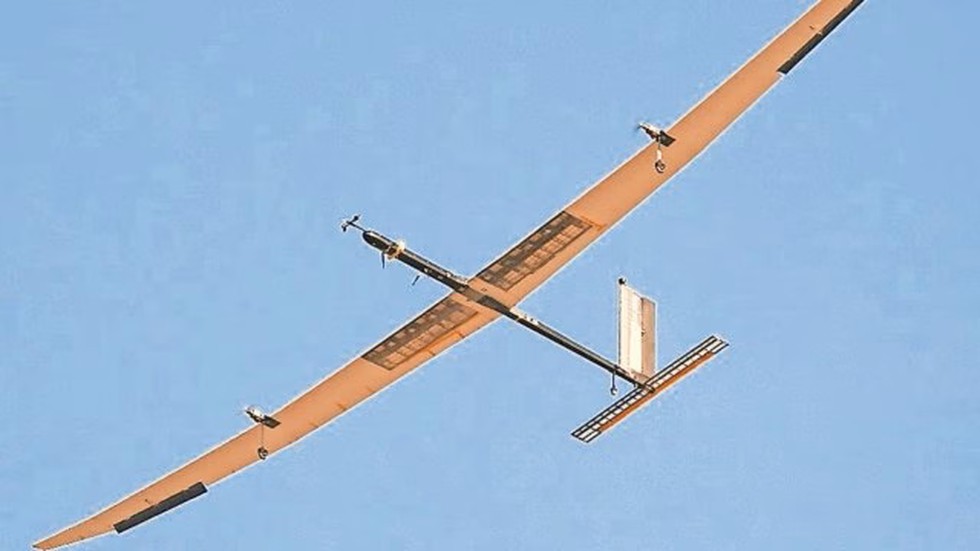The National Aerospace Laboratories (NAL) in Bengaluru has achieved a significant milestone by conducting the first successful test flight of a solar-powered “pseudo satellite,” a type of unmanned aerial vehicle (UAV). This technology has the potential to enhance India’s surveillance and monitoring capabilities in border areas.
Features and Advantages of HAPS
- Altitude and Endurance: HAPS can fly at altitudes of 18-20 km, nearly double the heights reached by commercial airplanes, and can stay airborne for months or even years, thanks to its solar power generation capabilities.
- Cost-effectiveness: Unlike traditional satellites that require rockets for deployment, operating HAPS is significantly cheaper, making it a cost-effective alternative for surveillance and monitoring tasks.
Test Flight and Development Progress
- Successful Test: The test flight of a scaled-down prototype weighing 23 kg with a wingspan of 12 meters was conducted in the Challakere testing range in Karnataka. The prototype achieved an altitude of about 3 km and remained airborne for approximately eight and a half hours.
- Development Milestones: While the successful test flight is a crucial milestone, further tests are required before HAPS can be industrially produced. The next step involves achieving a 24-hour flight to test the complete power generation sequence involving solar cells and batteries.
Applications and Future Deployments
- Surveillance and Monitoring: HAPS addresses the need for continuous surveillance of border areas, especially in the aftermath of events like the Doklam standoff in 2017.
- Disaster Response and Communication: In addition to surveillance, HAPS can be deployed for disaster management and providing mobile communication networks in remote areas, complementing traditional satellite functions.
Global Context and Collaborations
- International Developments: The development of HAPS is not unique to India, with other countries like China, South Korea, and the UK also exploring this technology.
- Private Initiatives: Besides government-led projects, private companies are also involved in developing HAPS technology.
Conclusion and Future Plans
- Technology Development: NAL’s role is primarily in technology development and prototyping, with actual manufacturing likely to involve industry partnerships.
- Deployment Targets: The aim is to deploy HAPS for various applications, including border surveillance and disaster response, by 2027.
Multiple Choice Questions (MCQs):
- What does HAPS stand for?
- A) High-Altitude Positioning System
- B) High-Altitude Pseudo Satellite
- C) High-Altitude Proximity System
- D) High-Altitude Patrol Surveillance
- What is a significant advantage of HAPS compared to traditional satellites?
- A) Ability to achieve higher altitudes
- B) Longer duration of flight
- C) Lower deployment cost
- D) All of the above
- Where was the first successful test flight of HAPS conducted?
- A) Bengaluru
- B) Challakere testing range
- C) Chitradurga district
- D) Karnataka
- What is the next development milestone for HAPS after the successful test flight?
- A) Increasing the wingspan
- B) Achieving a 24-hour flight
- C) Enhancing battery capacity
- D) Integrating radar systems
- Apart from border surveillance, what other application is mentioned for HAPS?
- A) Agricultural monitoring
- B) Disaster response
- C) Wildlife conservation
- D) Oceanographic research
